Clay soil is dense and can retain both nutrients and water well. However, even this moisture-retaining soil has a drying point. This article will answer how long clay soil takes to dry and more.
The time frame of clay soil drying depends on where the soil is. Shaded areas will take a longer time to dry than clay soils that are in direct sunlight. You can expect clay soil to dry in 3-5 days, pending the location.
Clay takes long to dry when compared to other soils and needs to be watered less frequently. Keep reading as we discuss signs that show your clay soil is dry and explain what happens when this soil gets wet.
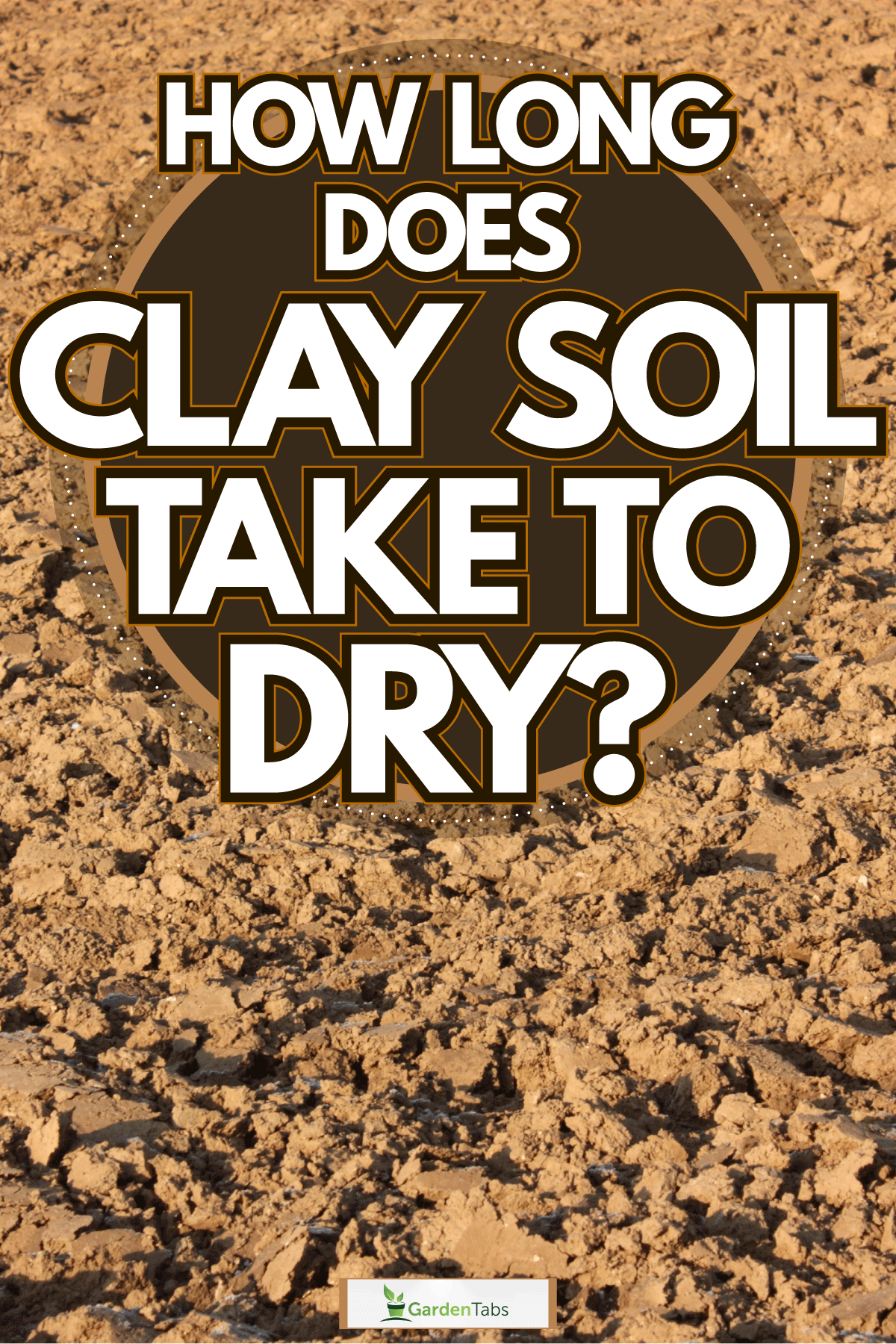
Does Clay Soil Ever Dry Out?
Clay soil will eventually dry out, but this process takes longer than other soils. Clay absorbs water slowly but retains it well. This means even if the top layers of your clay soil appear dry, there's a good chance the deeper layers are still moist.
The trick to working with clay soil is finding that perfect timing where the clay soil is not too moist or too dry. Both conditions make clay hard to work with. However, knowing how to care for clay soil holds many benefits for your landscape.
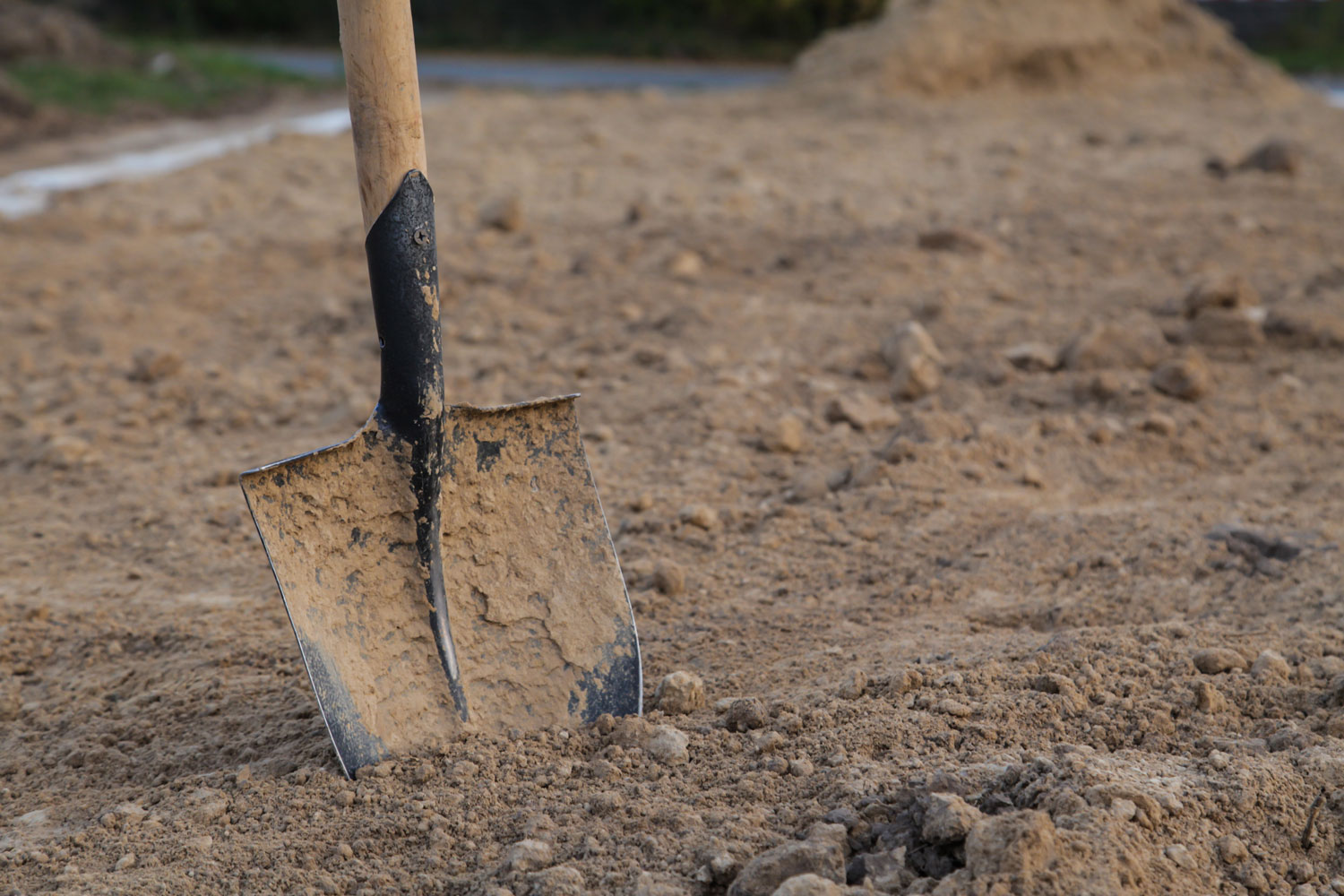
Due to the ability to hold nutrients and moisture, plants in clay soil need to be watered and fed less versus those in sandy soils. Additionally, clay creates a strong anchor for your plant roots, minimizing plant heaving.
Like other soils, clay can dry out. It is important to watch for signs of drying and resolve the issue before it affects your plants.
Signs Your Clay Soil Is Dry
As clay soil dries out, the particles will shrink and pull tightly together. The process of shrinking creates cracks on the surface of clay soil, one of the first signs your clay is drying out.
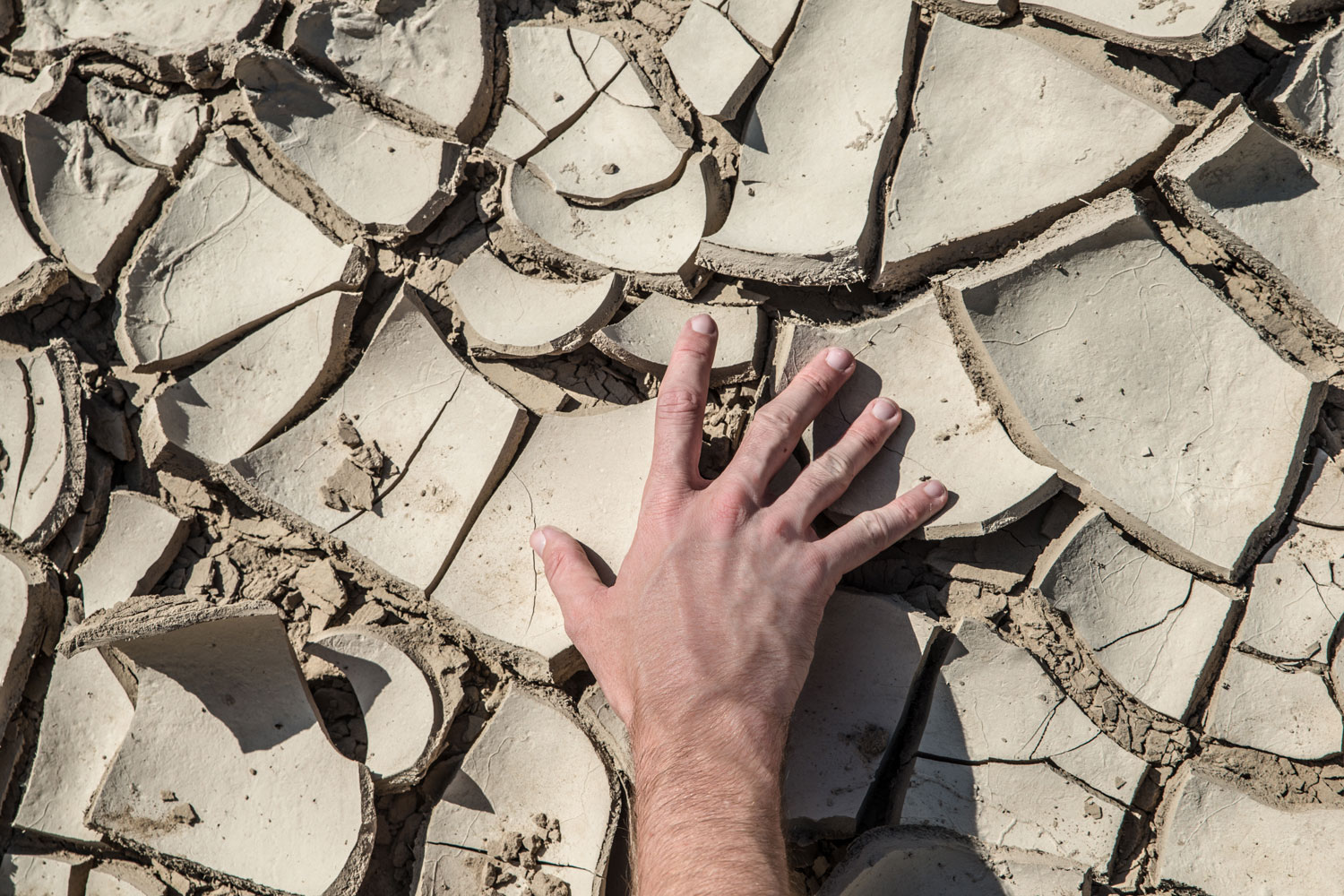
Parched clay soil will be nearly impossible to dig into. If your shovel can't make it through the top layer, this is an indication your clay soil has dried thoroughly. You will need to add a little water slowly to make the clay workable again.
Dry clay soil should easily fall apart when picked up or poked. Clay soil has to be dry to be workable, but too dry is problematic and will require a little extra care.
There are other tips and tricks to caring for dry clay out there. For example, you can mix a small amount of sand with your clay or add a top layer of mulch. These two methods can be used together as well.
Read more on our blog post, How Often To Water Plants In Clay Soil [And How To Make It Fertile]
What Happens To Clay Soil When It Gets Wet?
Clay that is too dry can be difficult to work with, and the same goes for clay soil that is too wet. When clay soil is too wet, you'll notice it sticking to your shovel and having a mucky appearance. Stop digging if you see this.
If you continue working with wet clay soil, you will compact the particles, creating some of the common problems we see with landscapes with clay soil. When soil compacts, pore space becomes reduced. This reduction in space leads to reduced water infiltration and drainage.
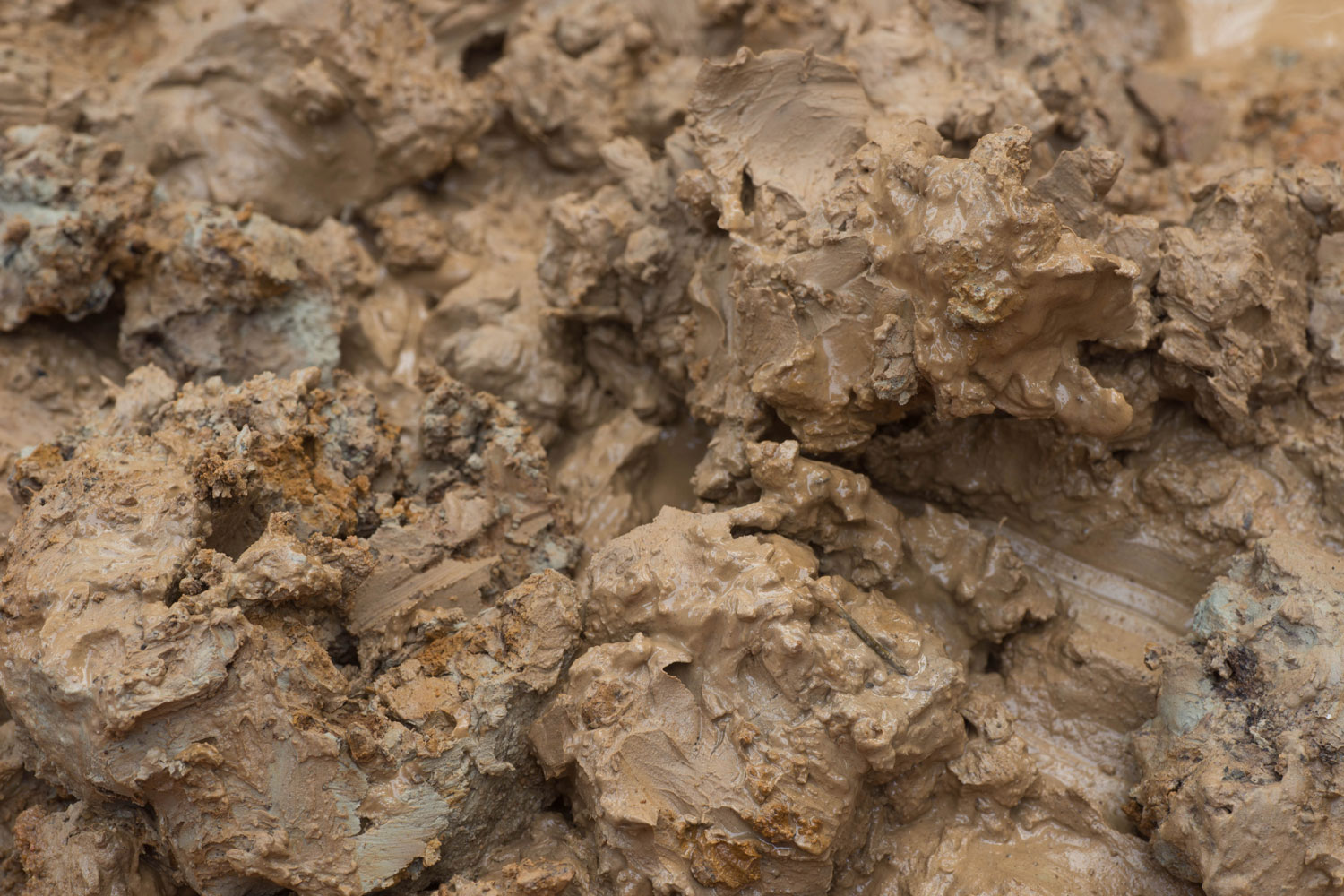
Compacted soils become almost impossible to dig into or to till. Plants in compacted soil have a higher chance of suffering from aeration-related issues. When clay soil gets too wet, you may have some difficulties.
It is essential to water clay soils appropriately to ensure they are getting just the right amount at a reasonable pace. Drip irrigation systems or soaker hoses are great options for watering clay soils properly.
You can find a soaker hose here on Amazon.
Read more on our blog post, Does Clay Soil Expand When Wet? [And How Long For It To Dry?]
Can You Till Wet Clay Soil?
You can't till wet clay soil. Over-tilling or tilling when soil is wet is a top cause of compacted soil. To avoid the issues that come with this, you want to till clay soil at the appropriate time.
There is a simple trick to checking if your soil is ready to be tilled. Pick up a ball of clay soil. If the soil falls apart or crumbles in your hand, it is dry enough to be tilled. If the clay soil stays together in a ball, it needs time to dry.
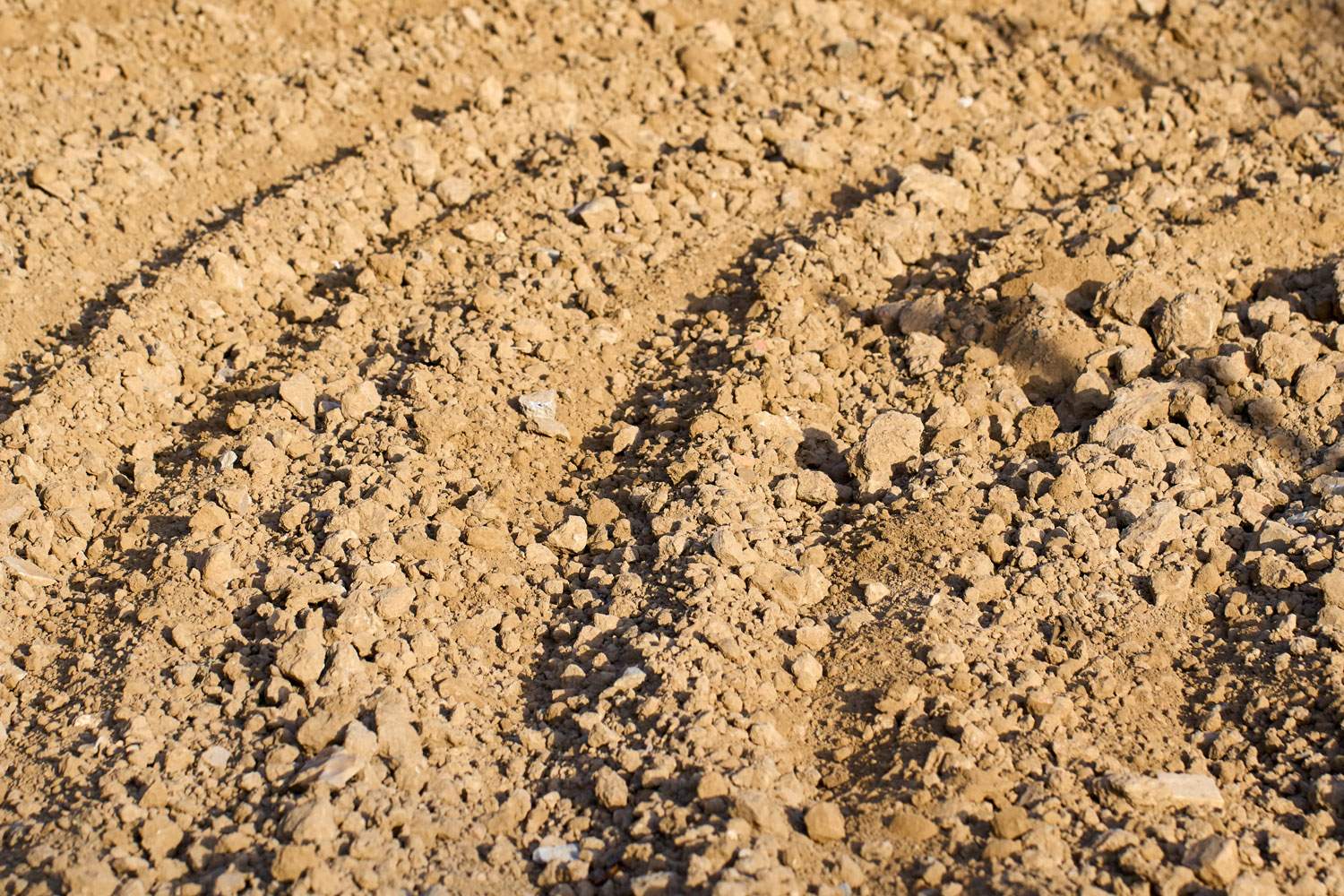
The best time to till clay soil is right before the growing season, when the soil is dry enough, and before you sow your seeds. Clay soil ready for tilling will be dry, so you want to use a shallow tilling depth.
Attempt to till about 6-8 inches deep. The exception to this rule is planting a species that requires a specific depth. With any attempt to till, always check your soil before starting and read the manual for your specific tilling tool.
Read more on our blog post, "15 Shrubs For Wet Clay Soil That Will Look Great In Your Garden."
Can I Help My Clay Soil Dry Quickly?
If you are working on time restrictions, wet clay soil can be pesky and hold you back from continuing with a project. Luckily, there are some ways to help your clay soil dry faster.
Adding quicklime or hydrated lime to your wet clay soil helps it dry quickly. Sprinkle a small amount over the top of your soil, and let it do the work for you. Stick to small, moderate amounts of lime versus covering the ground with it.
You can find garden lime here on Amazon.
With a little lime sprinkled over your soil, you can then place some organic material, or mulch, on top. This can help absorb access water and stop more from penetrating your soil.
Check your soil again before starting to dig, till, or work with it. You want to avoid risking working with clay soils that are too wet.
How Can I Improve My Clay Soil?
Remember, clay soils can be tricky when navigating their moisture. However, there are ways to improve your clay soil, making it more workable and happier plants planted here.
Mulch
You can mulch clay soil by covering the top layer with organic materials such as tree bark, shredded wood, and leaves. This added layer will stop excess water from being absorbed and reduce soil temperatures in your garden.
Compost
Adding compost to your clay soil can help improve it. Mixing in compost, peat moss, or straw will stop your clay from becoming too hard and heavy. These materials will increase drainage and decrease your chances of soil compaction.
Your plants, trees, or shrubs planted in the clay soil benefit from these added materials too. Both your soil and plants get access to additional minerals, nutrients, and water regulation.
How Far Down Does Clay Soil Go?
The depth of clay soils can vary. You may find that your landscape includes many types of soils, some mixed together. For example, areas on your land may contain soil with a small percentage of clay on the top layer but an increased amount of clay as you go deeper.
Consolidated layers of clay can go down 6 meters or more. However, the exact depth of clay can be impacted by location and weather. Clay soils will swell in winter and shrink in summer, changing the depth slightly with the season.
It is hard to say precisely how far down your clay soil goes without digging it up for yours. Some communities and landscapes may have documentation on the soil structure of your area. You can check with the USDA and NRCS for soil surveys for more information.
In Summary
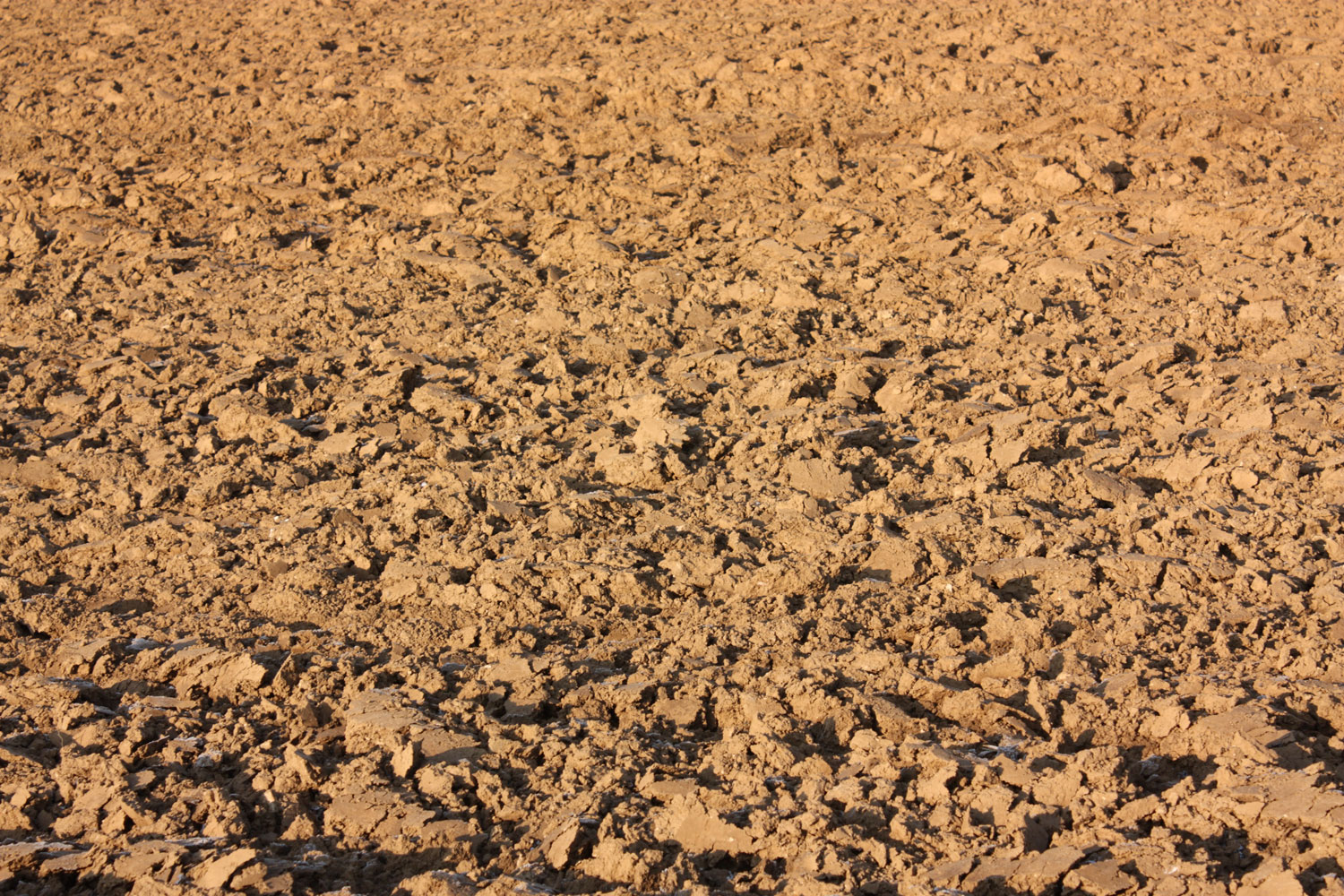
Clay soil takes longer to dry than other soils due to its ability to retain moisture. This soil needs to be in that sweet spot of dry but not too dry to be workable. We hope you found this article insightful when it comes to working with clay soils.
Are you planning on using clay soil in your gar en? Have a look through our blog post, How To Amend Clay Soil For Vegetable Gardening.


